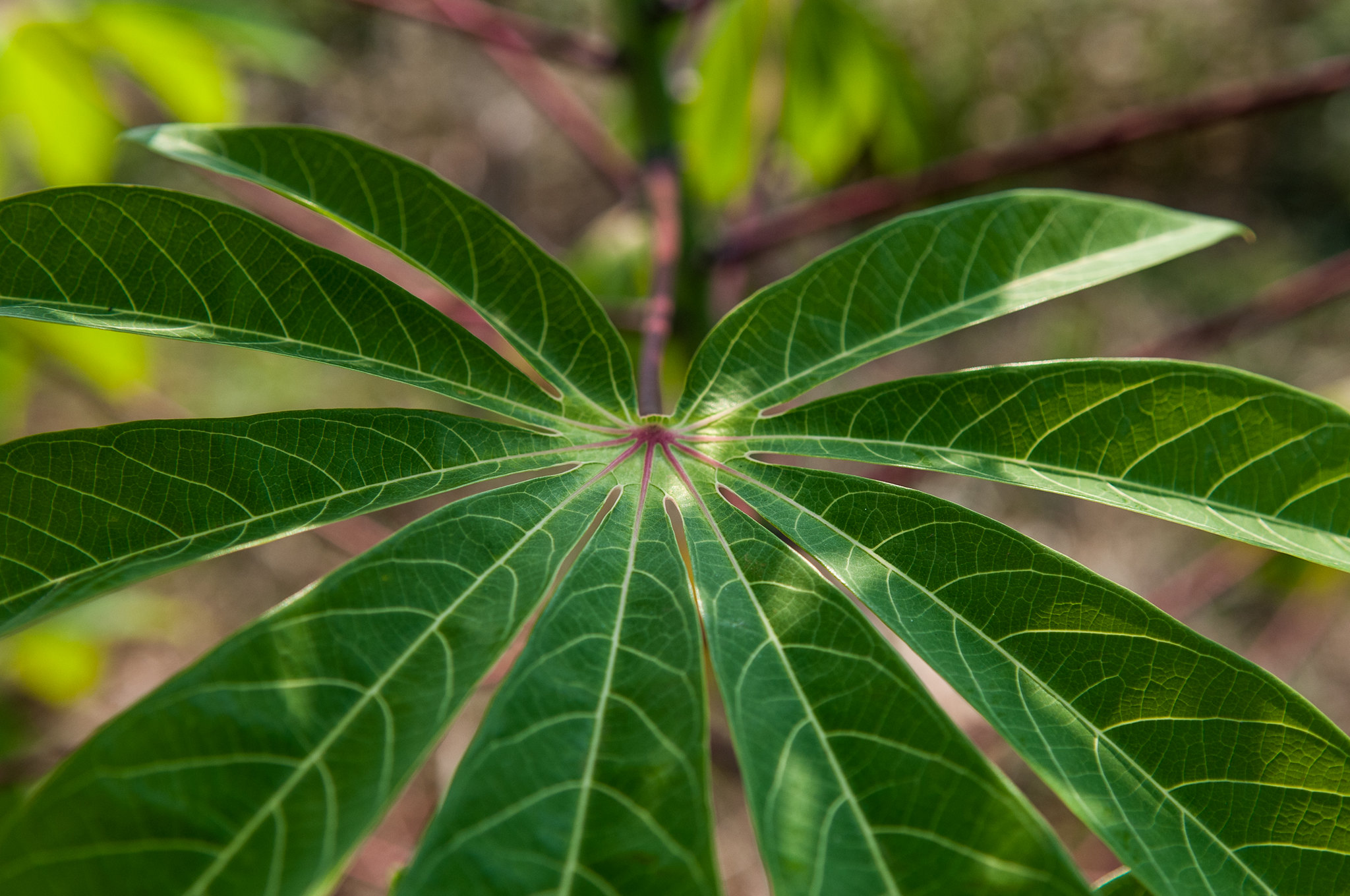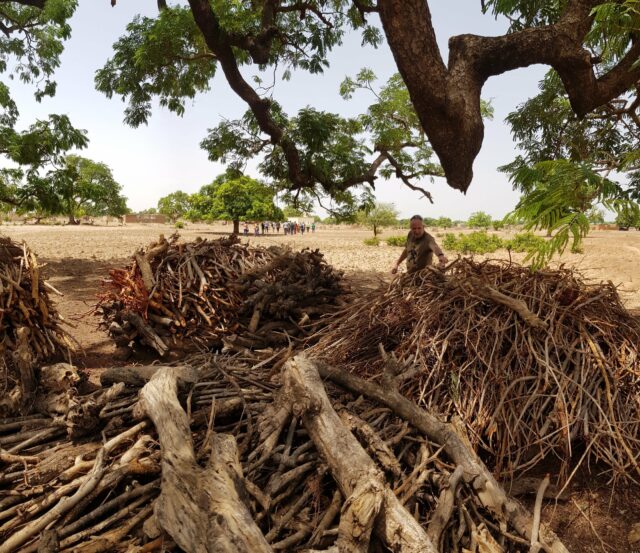
CGIAR-led Plant Health International Network has mapped the priorities for pest and disease detection and response efforts in the Global South
The CGIAR Initiative on Plant Health interfaced with plant health specialists and social scientists across 26 countries in Africa, Asia, and Latin America and the Caribbean, through an online survey to identify major research and capacity gaps of National Plant Protection Organizations (NPPOs), to be addressed through a Global South plant health diagnostic and surveillance network. This mapping exercise on an unprecedented scale is the foundation for a much-needed cross-border coalition to deliver faster and more effective responses to the existing and emerging plant health threats.
Plant pests and diseases impact heavily on global food security, costing over $220 billion every year, according to a recent FAO study. Pests and disease outbreaks are predicted to increase due to climate change, trade, and agricultural intensification, among other drivers. How to respond to these threats is primarily the responsibility of NPPOs. However, many NPPOs lack the capacity to properly carry out the necessary diagnosis, surveillance, and extension work at the scale and speed required to contain such crop disease and pest crises, particularly in the low- and middle-income countries in the Global South.
Together with plant health specialists and social scientists across 4 continents and 26 countries in the Global South, the Initiative on Plant Health has identified the key knowledge and capacity gaps in pest and disease surveillance and response strategies [1]. This mapping exercise of unprecedented scale found that banana/plantain, maize, potato, and rice were the crops most targeted for pest and disease surveillance efforts. Confirming priority crops will help set priorities for developing common diagnostic methods, sharing protocols across regions and support/share knowledge to improve the diagnostic capacity as a preparedness strategy for emerging pests.
Results indicate that the major challenges for performing lab diagnostics in the Global South are identified as access to reagents and laboratory equipment, while the main in-field detection challenges include lack of trained staff, capacity to identify the right pest or disease symptoms in certain crops, and limited resources for field visits. The survey also revealed the need to bridge NPPOs’ digital divide to expand the use of real-time low-cost plant disease diagnostics. Young scientists could play a crucial role for this digital transformation to raise the standards in data management over the next few years. Women’s participation in the survey was limited especially in Africa and responses revealed some gender challenges in a male-dominant plant protection and health sector. Plant Health will make its training gender-sensitive and prioritize women’s participation in capacity-building activities.
“To prevent emerging pest incursion, it is important to increase the collaboration between plant protection agencies and countries involved to build a harmonized phytosanitary system. One crucial step is to improve the technical skills and knowledge of staff engaged in pest detection and surveillance work. The One CGIAR Plant Health Initiative is helping us to achieve this.” – Dr Kazeem Shakiru Adewale, Assistant Comptroller of Quarantine/Plant Pathologist, Nigeria Agricultural Quarantine Service (NAQS), Ibadan, Nigeria
To roll out the pest and diagnostics and surveillance roadmap across Africa, Asia, Latin America and the Caribbean, and Central and West Asia and North Africa regions, Plant Health will rely on the regional diagnostic hubs hosted by the CGIAR Germplasm and Seed Health Units across the continents.
Most survey participants are not part of any regional research and development network despite the transboundary nature of plant pests and diseases (an example of which was seen during the FAW outbreaks in Africa). This worldwide survey, benefiting from the long-term partnerships of CGIAR Germplasm and Seed Health Units, could be seen as the foundation block of an urgently needed global plant health diagnostics and surveillance network to counter the growing risks of future plant disease and pest outbreaks.
References
- Carvajal-Yepes M, Cuervo M, Kreuze J, Alakonya A, Kumar L, Onaga G, Dawit W, Castillon M, Kumari S, Sharma R, Kawarazuka N, Bui T (2022) Report of the global online survey to identify key knowledge and capacity gaps on diagnostics and surveillance of pests & diseases in targeted countries.
- Prasanna BM, CarvajalYepes M, Kumar L, Kawarazuka N, Liu Y, Mulema AA, McCutcheon S, Ibabao X (2022) Sustainable management of transboundary pests requires holistic and inclusive solutions. Food Security 14: 1449–1457.
Header photo: Photo by Georgina Smith/CIAT
Filters
-

 2022
2022Food-Based Dietary Guidelines as a “game changer” to transform Ethiopia’s food systems
CGIAR Initiative on Sustainable Healthy Diets -


 2022
2022Post-harvest loss reduction technologies (DryCard, Aflasafe, PICS bags) introduced across Vitamin A Cassava and Vitamin A Maize value chains in Nigeria
CGIAR Initiative on West and Central African Food Systems Transformation -





 2022
2022Advancing regulatory change for quality assurance of planting material for vegetatively propagated crops in Kenya
CGIAR Initiative on Seed Equal -

 2022
2022A Circular Bioeconomy Innovation Hub using co-ownership for sustainable impact facilitation launched in Ghana
CGIAR Initiative on Resilient Cities -

 2022
2022CGIAR-led Plant Health International Network has mapped the priorities for pest and disease detection and response efforts in the Global South
CGIAR Initiative on Plant Health -

 2022
2022The Alliance and United Nations Environment Programme rate top 20 net-positive practices in agriculture
CGIAR Initiative on Nature-Positive Solutions
